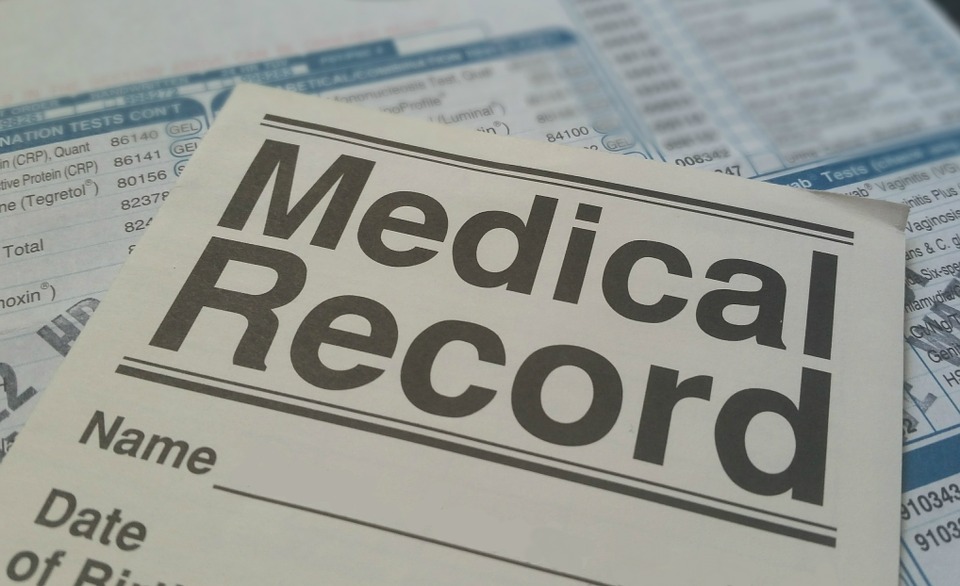An important tool in the coding process; modifiers in medical billing and modifiers in medical coding are used to further describe a service or procedure.
So important are the modifiers that the phrases “CPT modifiers list 2018” and “HCPCS modifiers list 2018” rank highly on Google search terms. In this article, you will learn about how to add the correct modifiers to patient records.
The Meaning of a Modifier
A modifier is essentially a code that denotes an alteration to a procedure or service already performed, without any change in the original code or definition.
Appended to HCPCS and CPT codes, modifiers are always either two digits or alphanumerical characters. Serving as either informational or a billing clarification, the application of modifiers removes the necessity of separate service or procedure listing.
Why does this matter?
Incorrect use of modifiers is considered fraud or non-compliance, and can result in further audits and revenue loss. So it’s really important to be conversant with the CPT modifiers list.

This Modifier Reference Guide helps in finding the correct modifiers for medical billing. It lists Level I (CPT-4), Level II (non-CPT-4 alpha numeric), and Level III (local) modifiers. Referring to the guide is important because it helps one understand the modifiers in medical billing list.
While Level I and II modifier are defined in the HCPCS, Level III modifiers are defined by the Fiscal Intermediary and require prior CMS approval before adding them.
CPT Code Modifiers
The following is a list of modifiers in medical billing with examples.
Category I CPT codes describe diagnostic, medical and surgical procedures in five digit numerical sequences.
Additional information to Category I CPT codes is provided by Category II CPT codes which help streamline administrative work and track the performance of certain procedures and tests.
But here’s the catch:
The Category II CPT codes do not always provide complete information about the specifics of a procedure.
For example, the code will not provide information on whether due to concern for the safety of the patient, a surgery was discontinued or which side of the body was operated upon.
In order to fill this gap in information, the AMA created CPT modifiers, which provides this detailed information in an efficient and standardized way.

Consisting of two numbers from 21 to 99, two letters, or a mix (alphanumeric), these modifiers are appended to the initial CPT code by a hyphen.
CPT modifiers may indicate either one or a combination of the following:
- Why was a procedure necessary?
- Was a service or procedure provided more than once?
- Were multiple procedures performed?
- What was the location on the body where the procedure was performed?
- Was there one or more than one physician involved in the service or procedure?
- Does the service or procedure have a technical component or professional component?
- Any unusual event that occurred during the service or procedure?
- If any additional service or procedure was performed
- If the service or procedure was discontinued
- Any other information that is important for claiming reimbursement
Certain CPT modifiers can only be used with a specific type of procedure or service.
For example, the modifier –LT is valid only when describing a procedure on an appendage or organ paired in the body, while modifiers -21, -24, -25, and -27 are only used for evaluation and management.
Functional versus Informational Modifiers
In the previous section, we have looked at CPT modifiers with examples.
The use of modifiers in medical billing is governed by a number of rules. It is important to know the restrictions, formats and guidelines in using the medical modifiers as miscoded claims can result in denials.
Although the CMS 1500 and UB-04 claim forms have space for four modifiers, CMS and other payers generally do not look beyond the first two.
Here’s the deal:
Modifiers need to be ranked in different categories to ensure that there are no mistakes made while filing the claims form.
Modifiers that affect reimbursement are known as functional or pricing modifiers, while those that provide procedural information are known as statistical/informational modifiers.
Pricing modifiers are used to determine the reasonable charge or fee for a service and are considered part of the seven – digit procedure code by the CMS. Statistical modifiers that affect pricing are appended to a procedure code.
These are used for documentation purposes and can affect the processing and payment of the claim.
How can MedConverge help you?
In this article, we have looked at a list of modifiers in medical billing.
Placing a modifier after a CPT or HCPCS code does not guarantee reimbursement. There has to be a clear understanding and knowledge of the rules, restrictions and guidelines in order to be able to assign the correct modifier.
Additional medical documentation could be requested to support the assigned modifier. It is the responsibility of the provider submitting claims to stay informed of these requirements.
A large number of billing errors leading to reimbursement denials are because of the incorrect use of modifiers.
Our expert coders know how modifiers impact practice reimbursement and understand payer considerations. Let them apply the guidelines to determine the best and most appropriate modifiers while you continue to do what you do best – care for the patient.
Also, let us know what your experience has been with CPT modifiers. Have you ever come across a patient record marked with the wrong modifier? How did that affect your work? Have you ever made a mistake while coding CPT modifiers?
References
- List of CPT & HCPCS MODIFIERS . (2018). Retrieved June 26, 2018, from http://www.medicalbillingcptmodifiers.com: http://www.medicalbillingcptmodifiers.com/p/list-of-cpt-hcpcs-modifiers.html
- Modifier Reference Guide. (2018). Retrieved June 26, 2018, from www.sccma-mcms.org: https://www.sccma-mcms.org/portals/19/assets/docs/modifier-reference-guide.pdf
- Provider Billing Guidelines. (2018). Retrieved June 26, 2018, from http://www.chatn.org: http://www.chatn.org/wp-content/uploads/2015/06/CHA_PD_ModifiersBillingGuidelines.pdf




